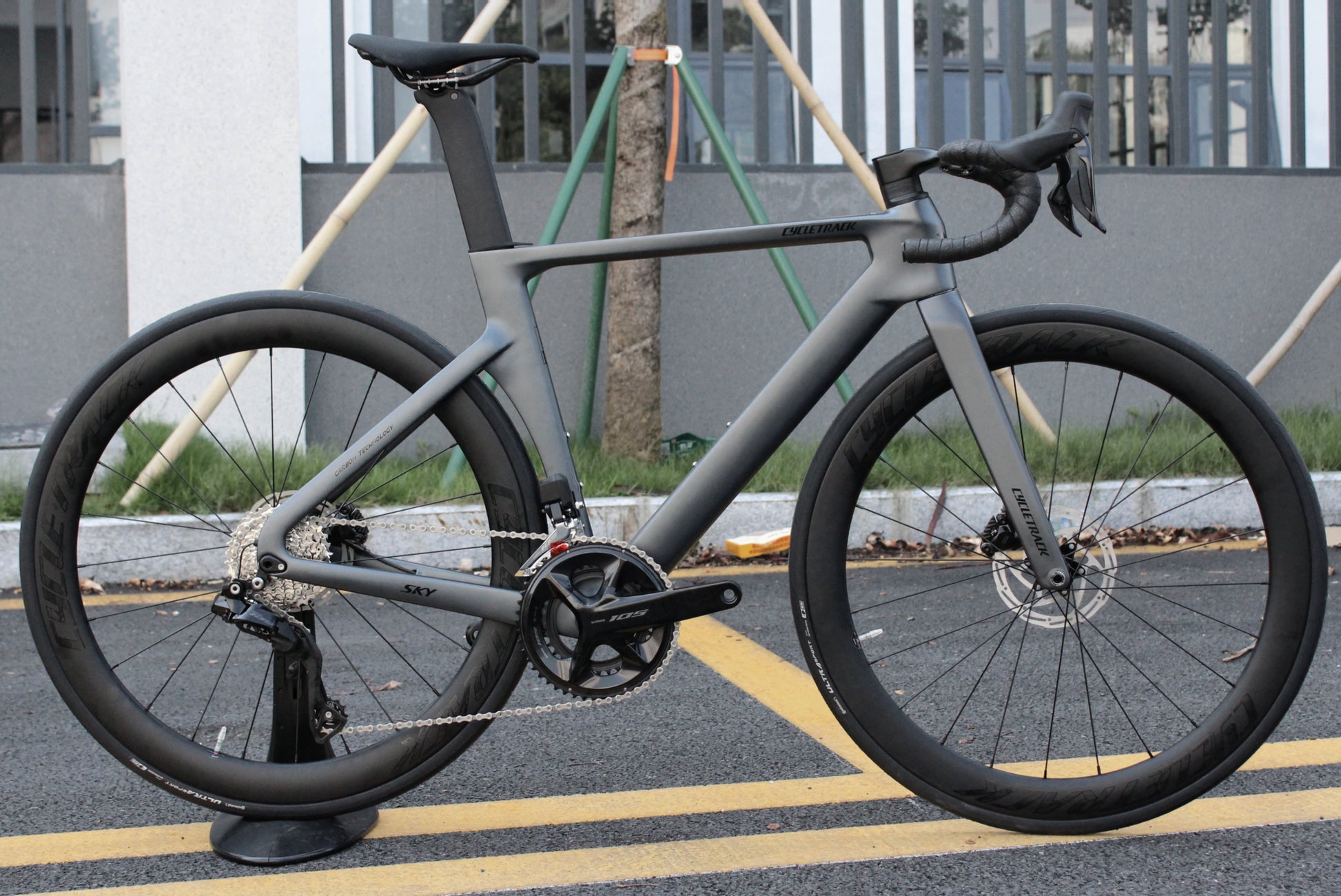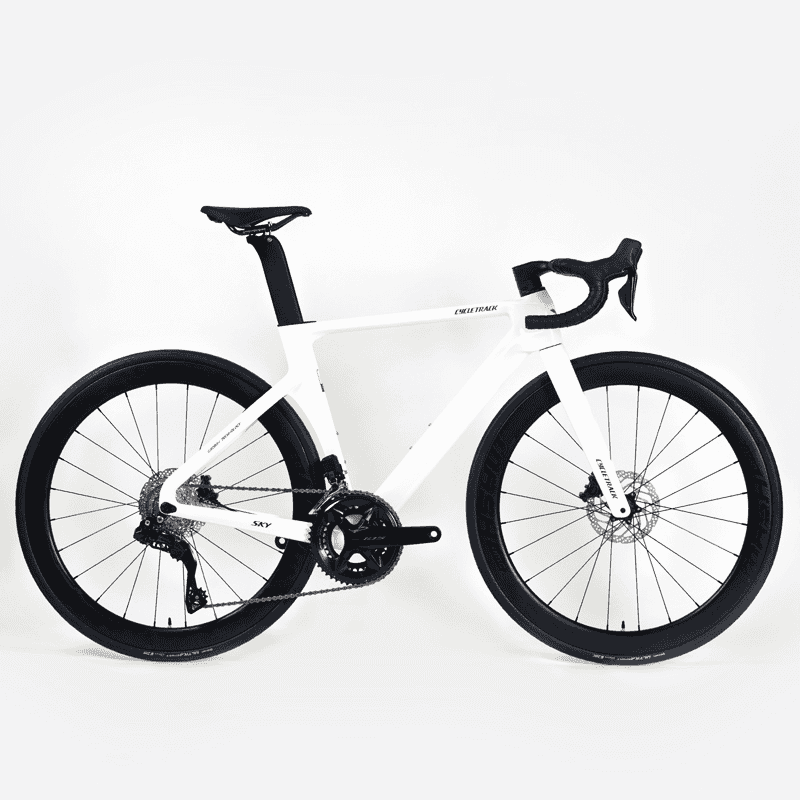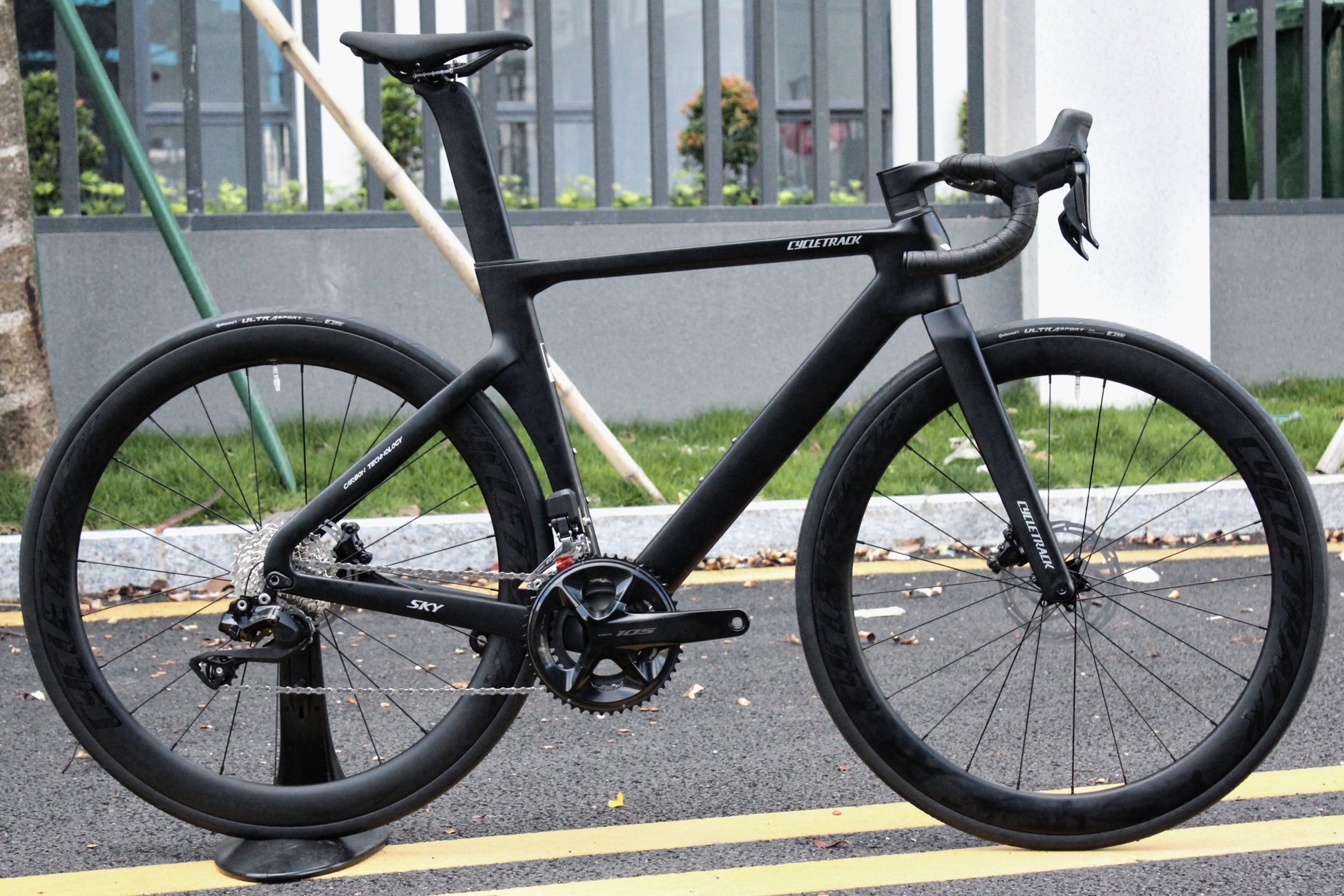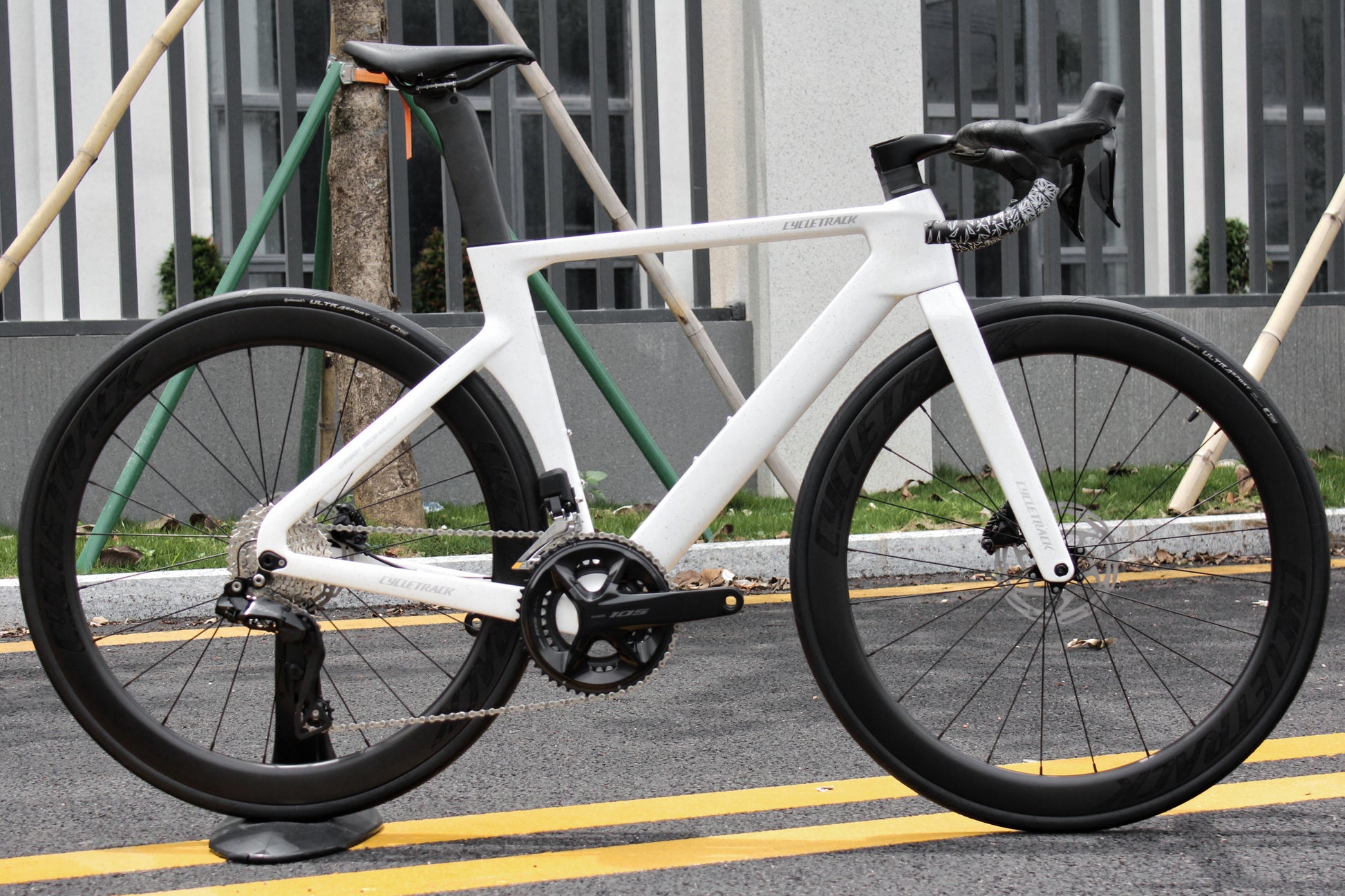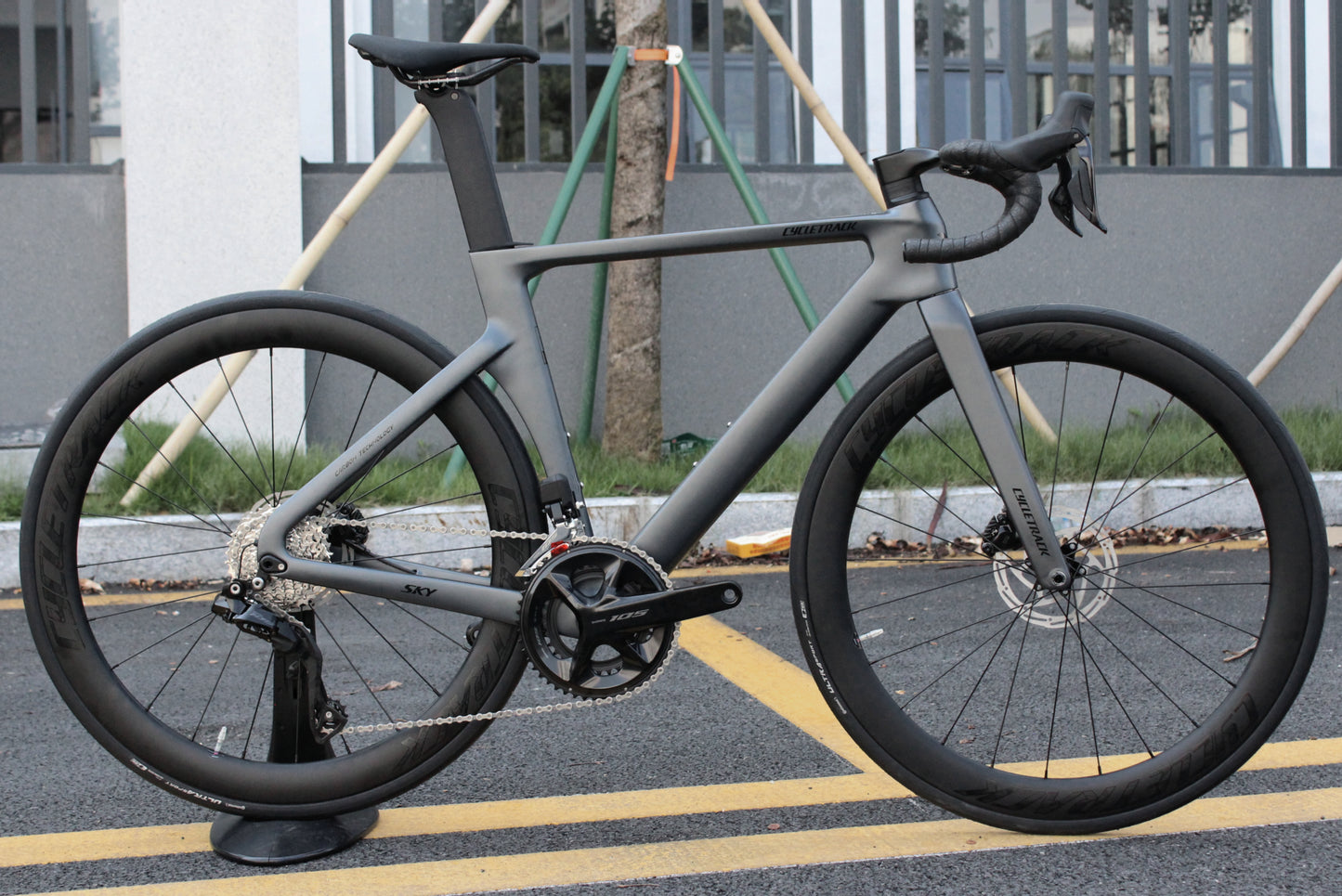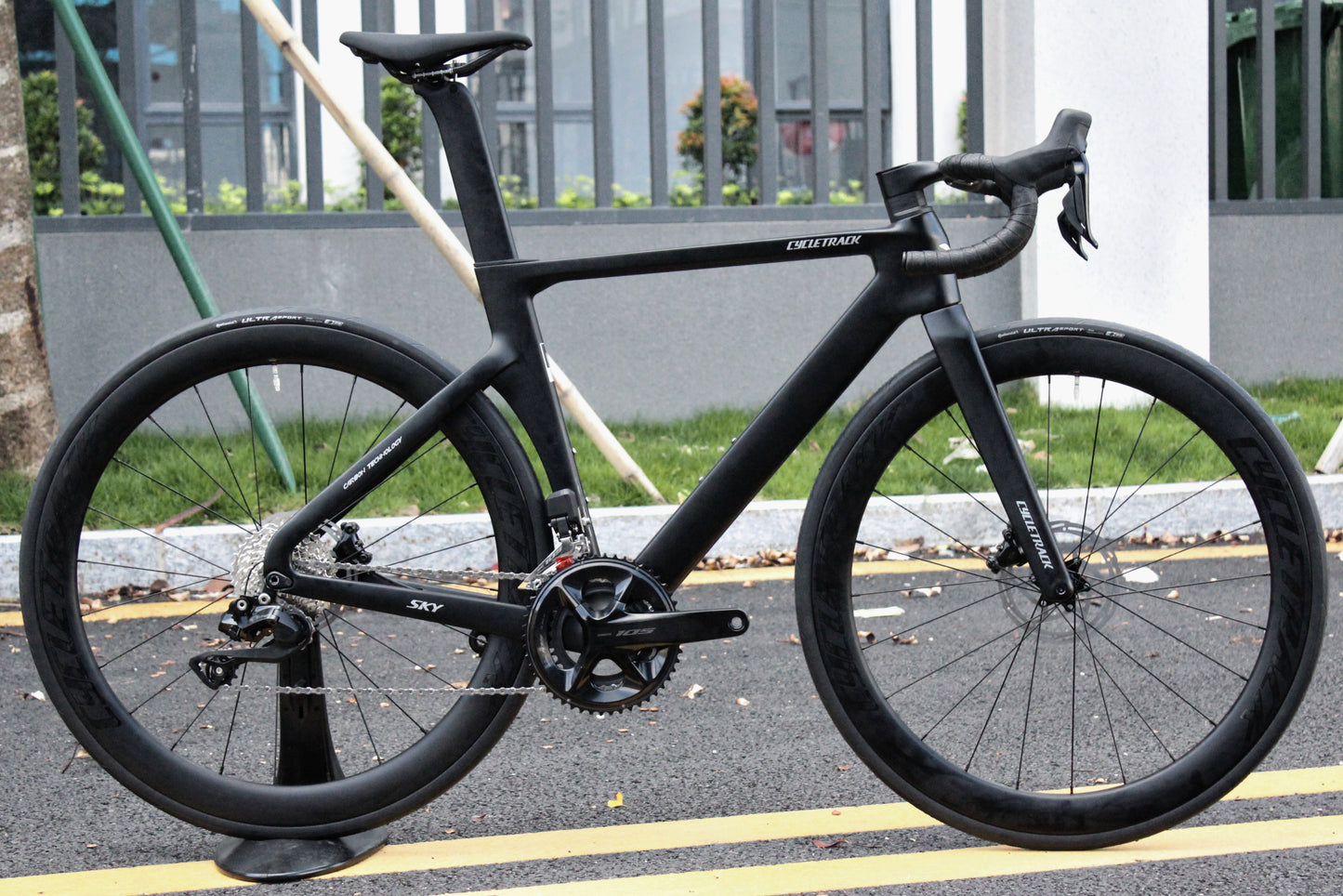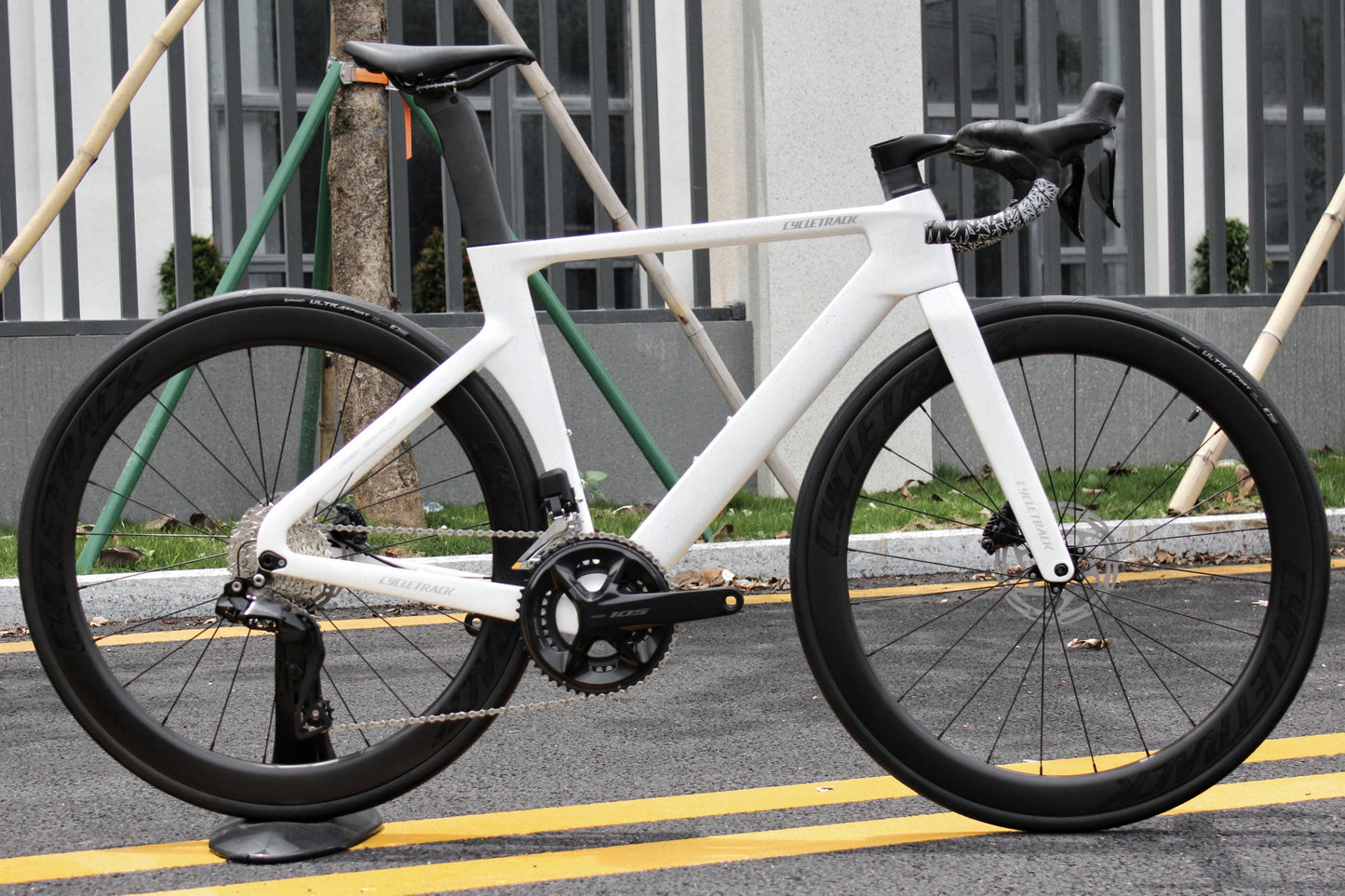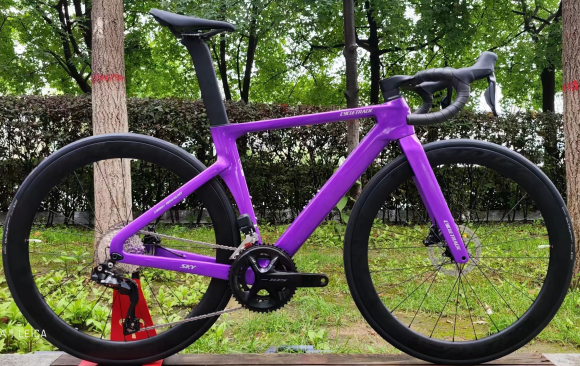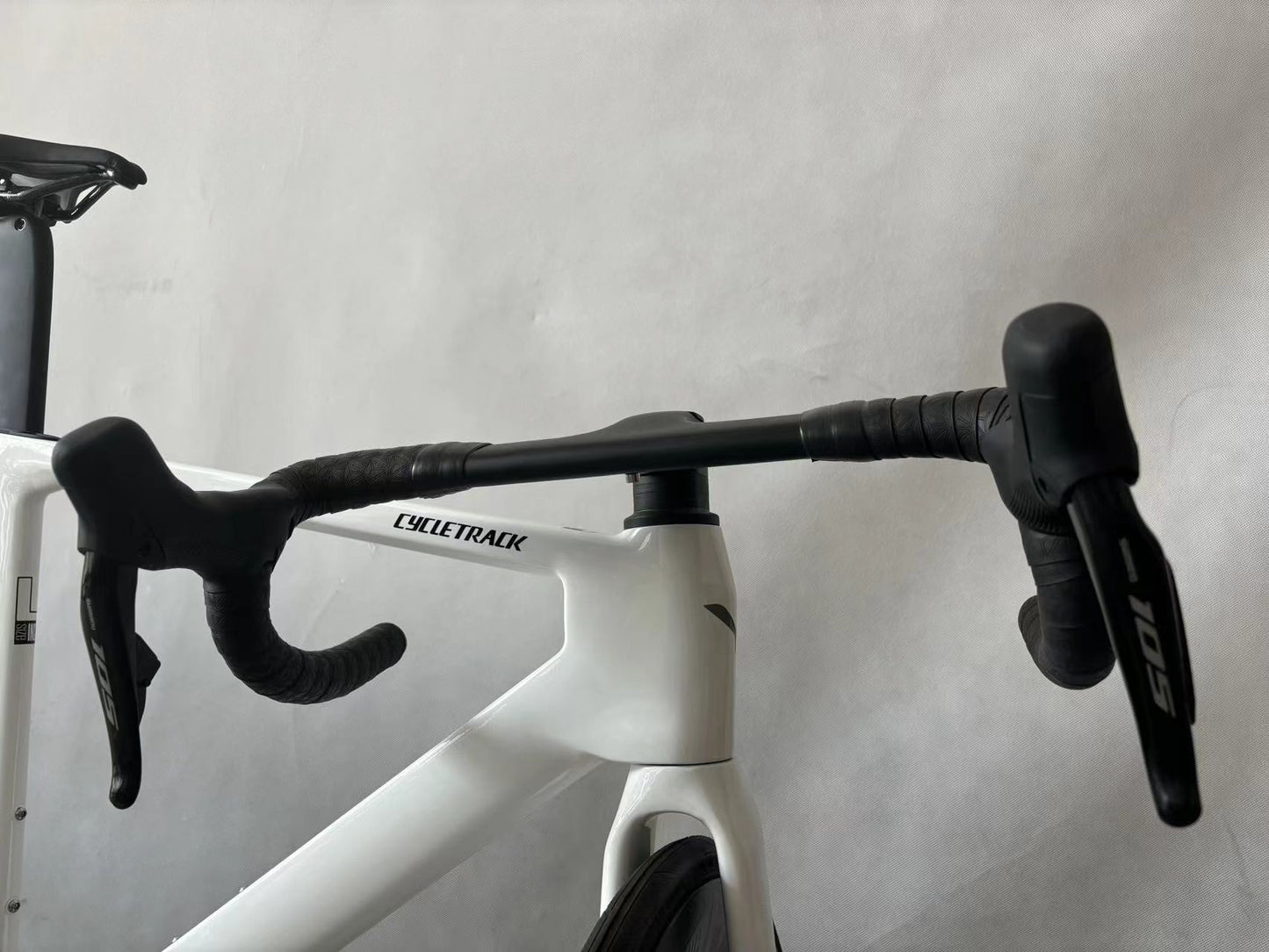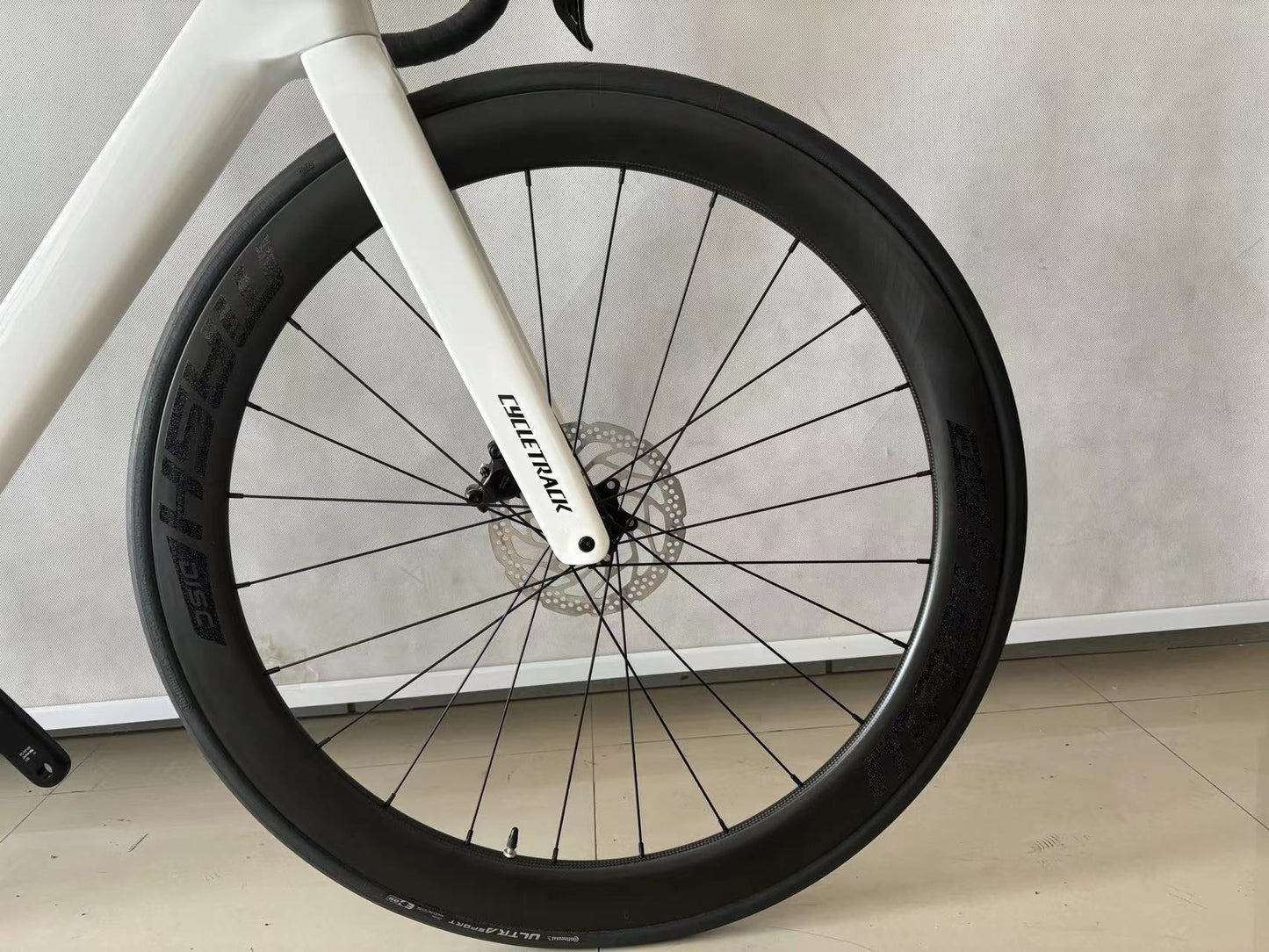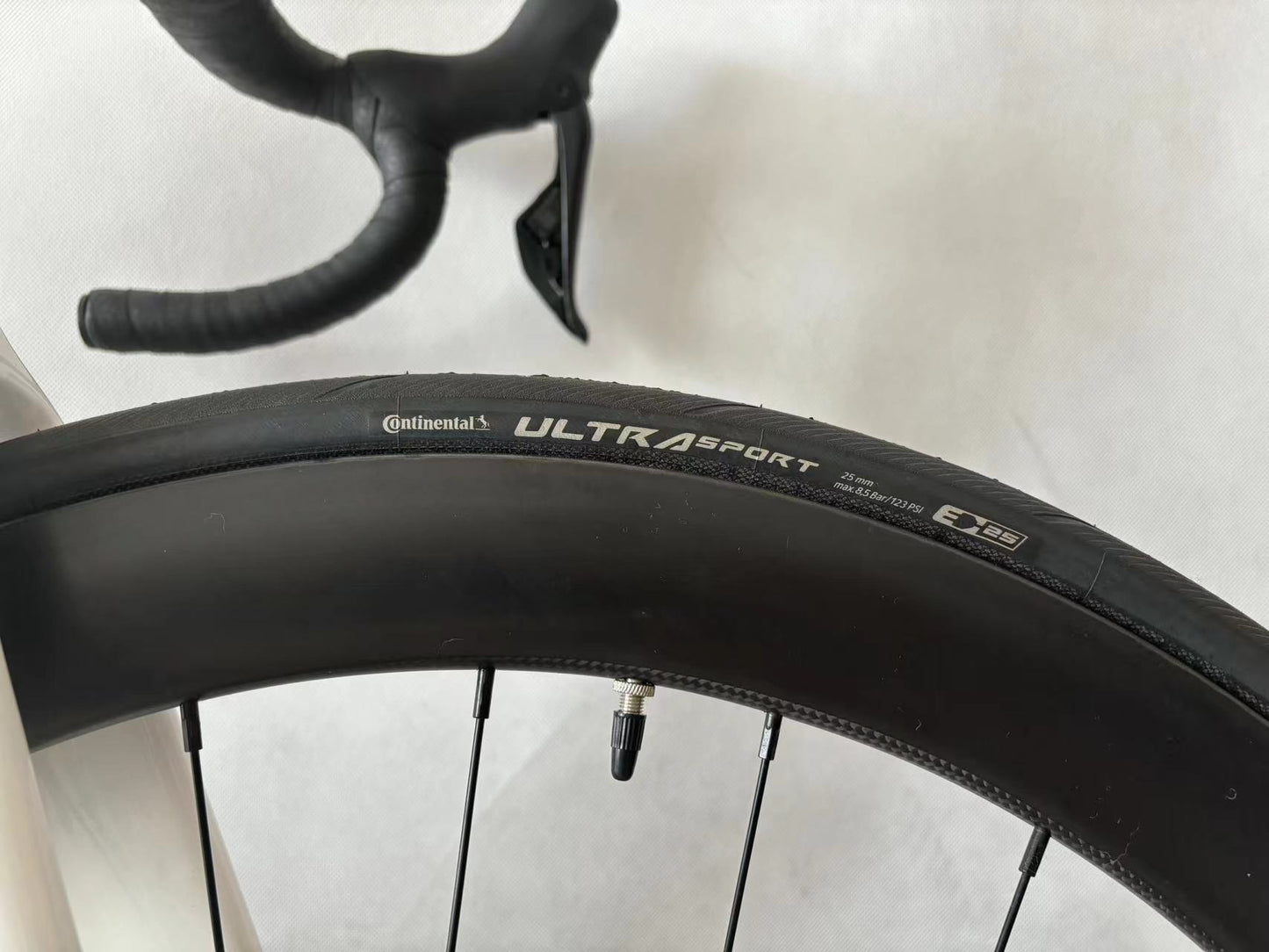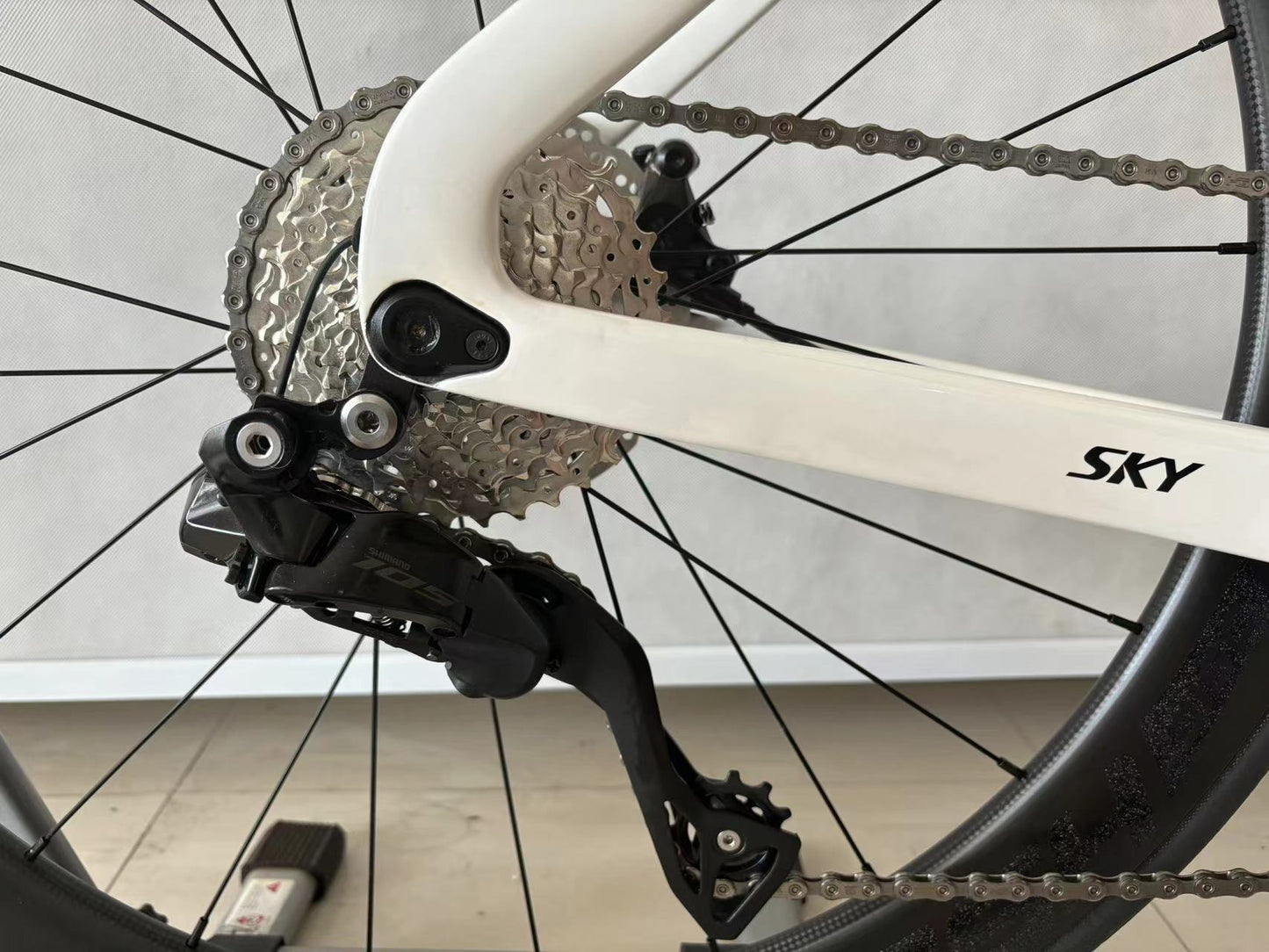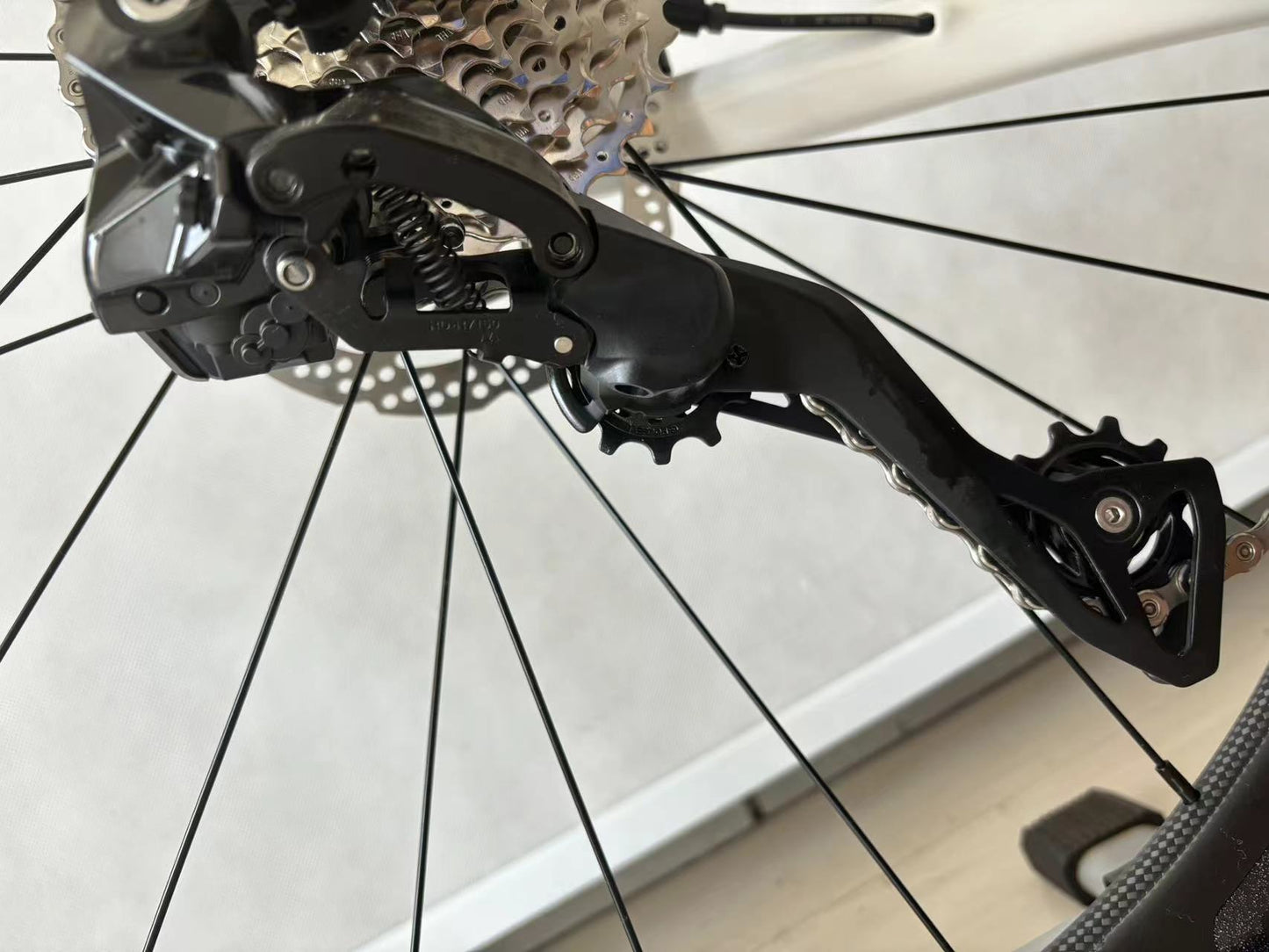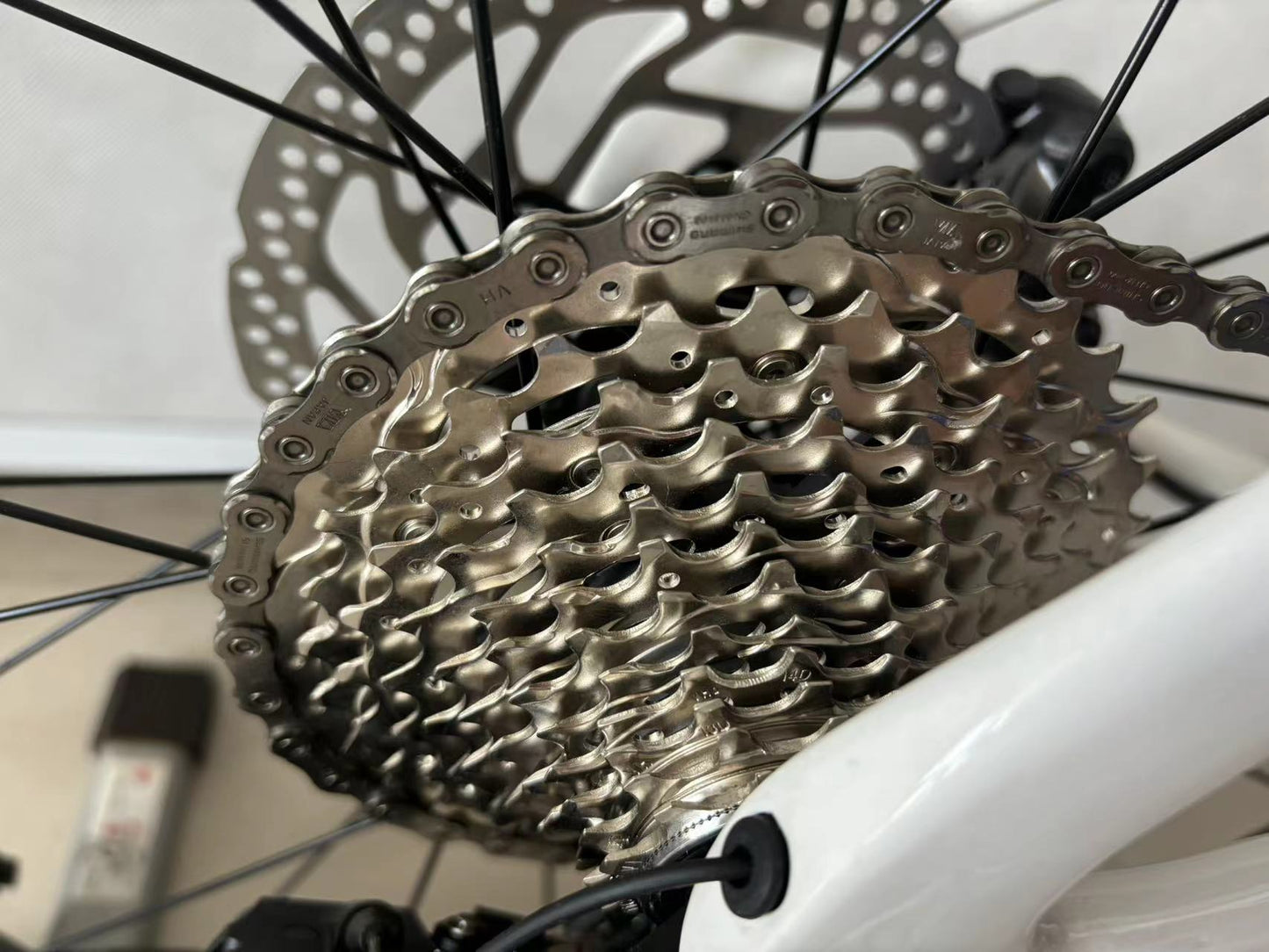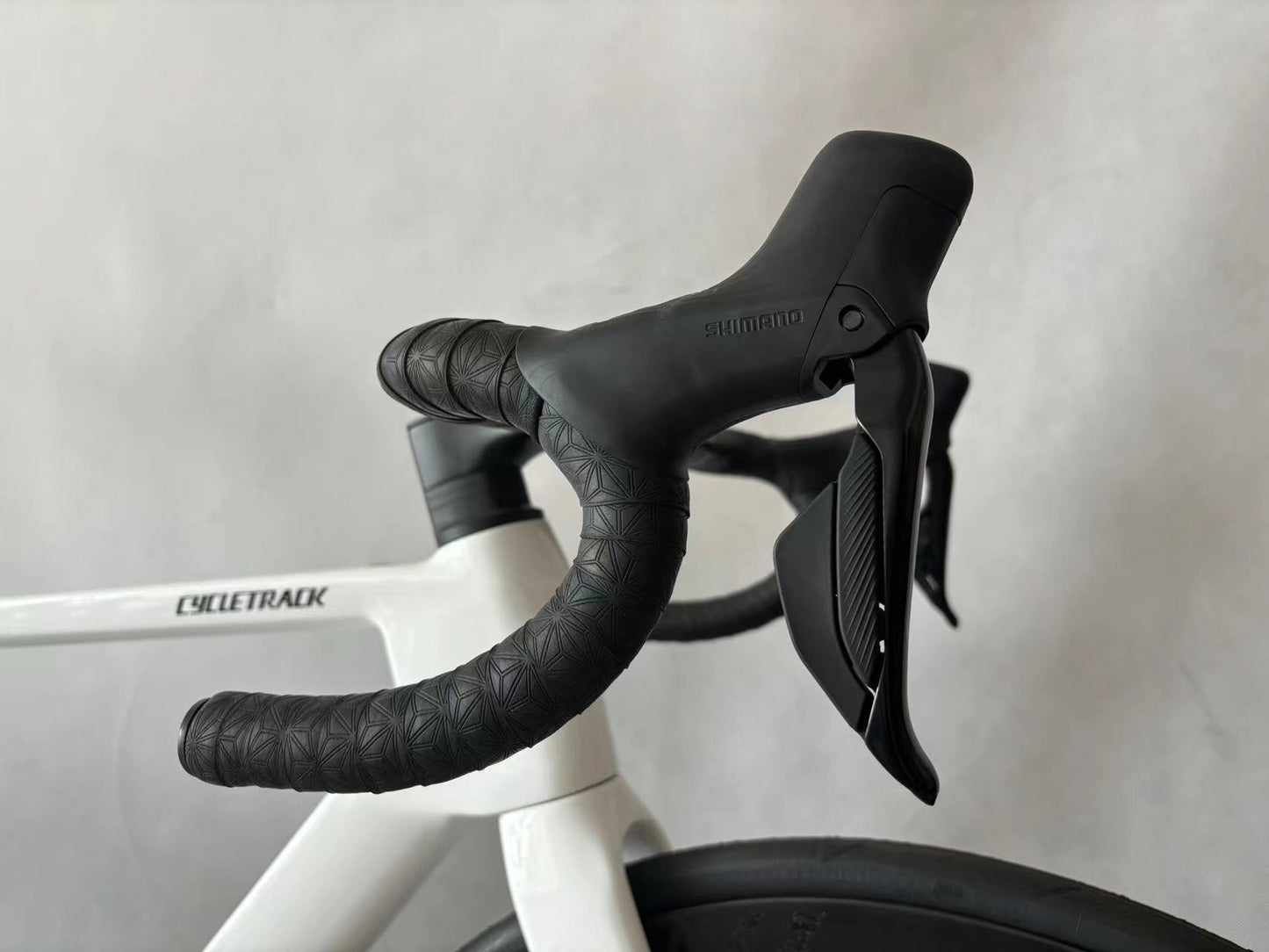When choosing a high-quality bicycle, several factors need to be considered:
-
Frame Material:
- Aluminum: It is lightweight, corrosion-resistant, and relatively affordable. It offers a good balance between strength and weight, making it a popular choice for many types of bikes, from mountain bikes to hybrids.
- Carbon Fiber: Known for its extremely light weight and excellent shock absorption properties. It provides a smooth ride and is often used in high-performance road bikes and some top-of-the-line mountain bikes. However, it can be quite expensive.
- Steel: A traditional material that is very strong and durable. It has a certain degree of flexibility, which can contribute to a comfortable ride. But it is heavier than aluminum and carbon fiber, and may require more maintenance to prevent rust.
-
Components and Parts:
- Gears: Look for bikes with reliable and smooth-shifting gear systems. Brands like Shimano and SRAM are well-known for producing high-quality gears. A wide gear range allows you to handle different terrains easily, whether it's climbing steep hills or speeding on flat roads.
- Brakes: Good brakes are crucial for safety. Disc brakes, either hydraulic or mechanical, offer strong stopping power and perform well in wet conditions. They are becoming increasingly common on modern bikes.
- Wheels: The quality of the wheels affects the overall ride quality. Look for wheels with strong rims, quality spokes, and reliable hubs. Larger diameter wheels, like 29-inch for mountain bikes, can roll over obstacles more smoothly, while narrower road bike wheels reduce wind resistance.
- Suspension (for applicable bikes): If you're choosing a mountain bike or a bike for rough terrains, a proper suspension system is essential. Full suspension bikes have both front and rear suspension, providing better shock absorption and control. Front suspension only can also be sufficient for some lighter off-road use. Make sure the suspension is adjustable to fit your riding style and the terrain you'll encounter.
-
Brand Reputation:
- Opt for well-established brands that have a history of producing quality bicycles. Brands like Trek, Giant, Specialized, and Cannondale have spent years building their reputations and often have strict quality control processes in place. They also tend to offer better warranties and after-sales service.
-
Test Ride:
- Always take the bike for a test ride if possible. Pay attention to how it feels when you pedal, turn, and brake. Check if the riding position is comfortable for you, especially if you plan on long rides. A comfortable saddle and handlebar height and position are important for an enjoyable cycling experience.
-
Purpose and Riding Style:
- Consider what you'll use the bike for. If you're into racing, a lightweight road bike with aerodynamic features is the way to go. For off-road adventures, a mountain bike with appropriate suspension and rugged tires is needed. If it's for commuting, a hybrid or folding bike might be more suitable, depending on your commute conditions.
-
Budget:
- Set a reasonable budget. While it's tempting to go for the cheapest option, keep in mind that a higher price often correlates with better quality materials and components. However, you can also find good value bikes in the mid-range price bracket that meet most of your requirements.


